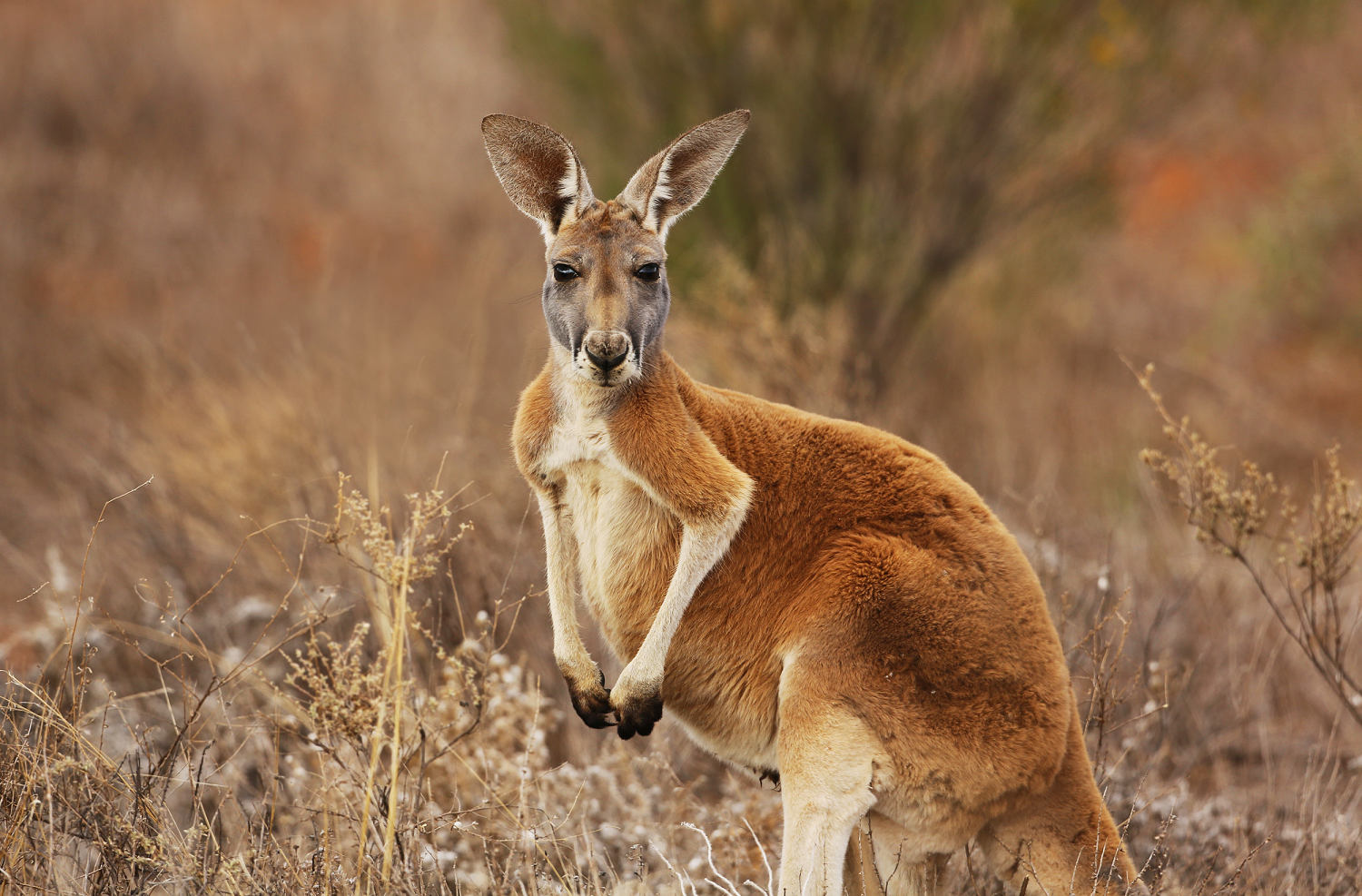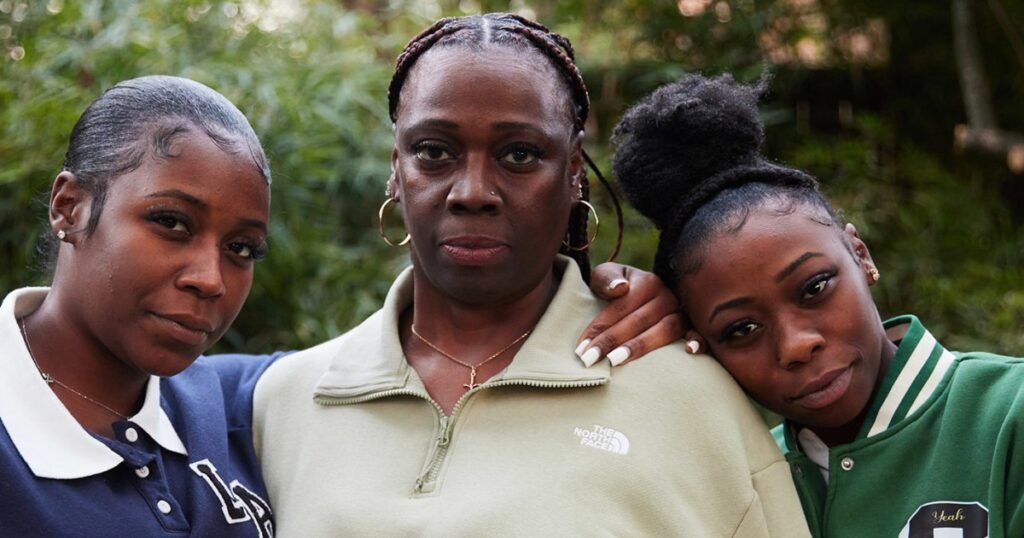
It’s a major scientific leap — or at least a hop.
Researchers in Australia said Thursday that they have for the first time successfully produced the first kangaroo embryos through in-vitro fertilization, in a breakthrough that may help save endangered species from extinction.
Australia is not short of kangaroos — the bouncing creatures are commonly eaten there — but they are from the marsupial group of mammals that is mostly found in the country and has lost many species to extinction.
The researchers’ use of IVF to kangaroos’ eggs and sperm may help support the conservation of those marsupials, said lead researcher and University of Queensland lecturer Andres Gambini.
“Our team built on years of experience working with reproductive technologies in domestic animals like livestock and horses,” Gambini told NBC News via email. “By adapting these techniques to the unique biology of kangaroos, we were able to create an embryo in the lab for the first time.”
The research will help scientists learn more about how marsupial embryos grow because the class reproduces differently to other mammals.
“Kangaroos have a very short pregnancy, and the embryo can go into suspended animation for several months,” Gambini said. “Our success with IVF helps us better understand these early stages of development.”
Australia is one of the world’s most biodiverse countries but also has the highest rate of mammal extinction. Australia’s invasive species council says that since European settlement at least 33 mammal species have become extinct, with many of those marsupials.
A historically high rate of extinction led the Australian government in 2022 to announce a ten-year, “zero extinctions” plan to protect those under threat, reserving at least 30% of the country’s land mass for conservation.
“If we keep doing what we’re doing, more plants and animals will become extinct,” then-and-current Australian environment minister Tanya Plibersek said in the report. “Even koalas are now endangered on the east coast of Australia.”
Now, more than 2,200 species in the country are classified as threatened with extinction, according to a 2023 report by non-profit Australian Conservation Foundation.
“The laws that are meant to be protecting Australia’s nature are failing,” the report said, adding that the country’s major conservation policy as it existed then was “barely monitored, rarely enforced and full of loopholes that allow businesses to destroy nature.”
While kangaroos are not endangered, the University of Queensland researchers hope the latest breakthrough can help to preserve other endangered marsupial species native to the continent, including koalas, Tasmanian devils and northern hairy-nosed wombats.
“This work gives us a new tool to help preserve genetic material in endangered species,” Gambini said. “By creating and freezing embryos, we can safeguard the unique genetic of these animals.”
It’s not the first time IVF has been used as a tool to preserve endangered species.
Last year, scientists in Italy achieved the world’s first IVF rhino pregnancy, offering hope for saving Kenya’s northern white rhino — of which there are only two animals left on the planet — from extinction. They did so by transferring a lab-created rhino embryo into a surrogate mother.
Still, the latest IVF breakthrough is just one step on a long road to a more comprehensive solution, Gambini said.
“There are many unknowns, as we are just on the beginning and there is lot to discover yet,” he said, adding that when combined with other strategies, “it can make a real difference for species at risk.”
Source link



